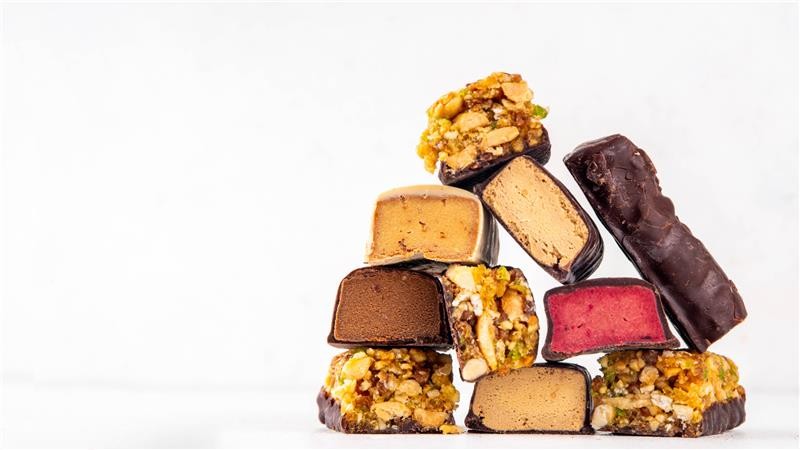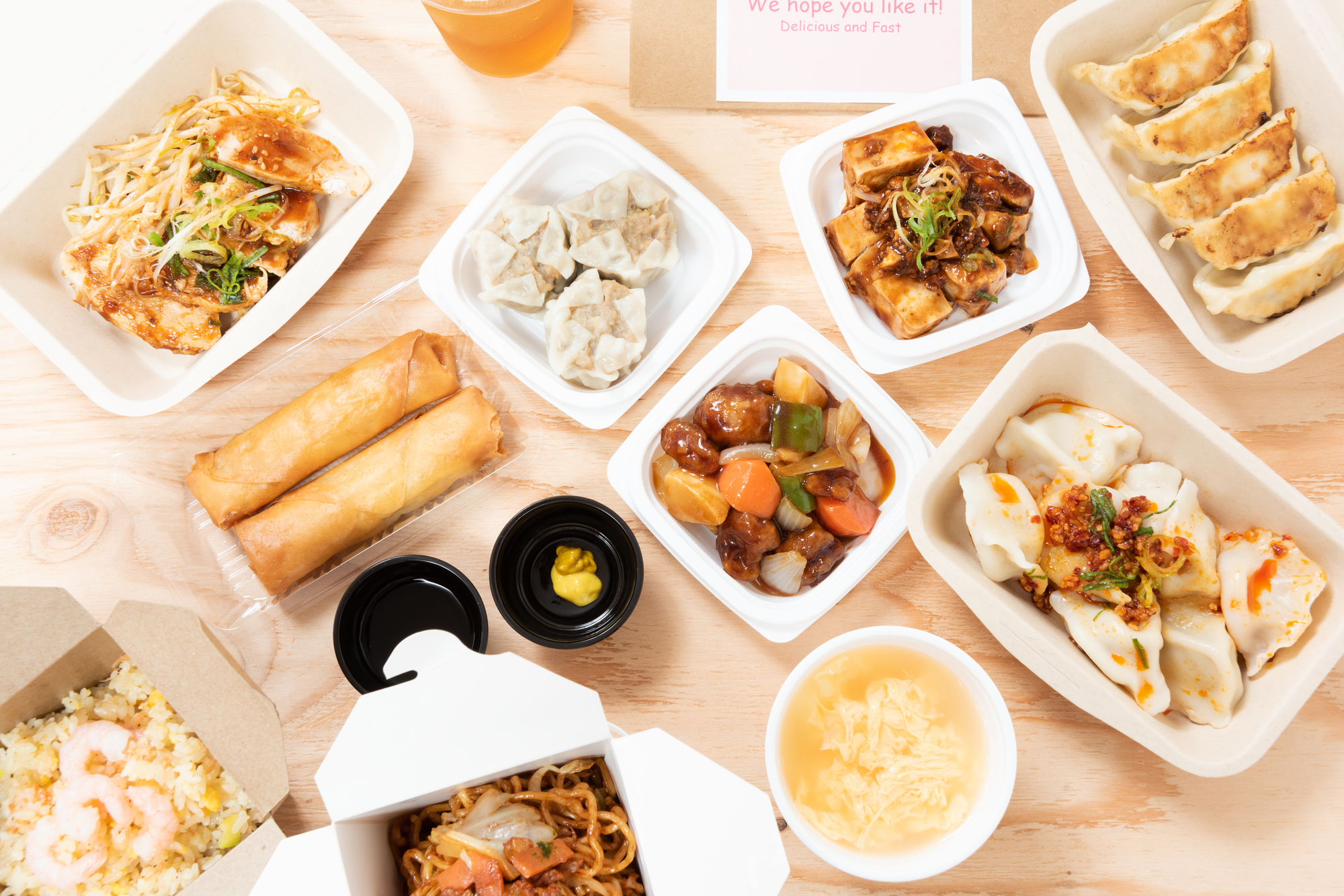Although the terms “health” and “wellness” are often lumped together or used interchangeably, there is an important distinction between the two. Understanding this difference is essential to understanding the modern consumer.
“Health is really the goal, where wellness is really the journey,” explained James Stone, vice president of Global Marketing & Insights at Glanbia Nutritionals during a recent webinar.
“When you think about health, you’re thinking about a well-functioning physical and mental state,” said Stone. In his view, health is largely defined by how it is measured in pursuit of a certain standard or expectation. “Think about somebody who has an Apple Watch, and they’re tracking their steps, they’re tracking their calories burned… that’s that focus on health.”
Meanwhile, wellness is more holistic. Wellness is defined by combining the mental, physical, and emotional aspects of a fulfilling life to achieve a sense of well-being and find balance.
CONSUMERS PRIORITIZE WELLNESS
Simply put, it’s important for businesses in the food industry to understand how consumers think about wellness because wellness matters to consumers. In a recent McKinsey study, nearly 80% of respondents said they believe that wellness is important, and 42% said they consider wellness to be a top priority.
And according to Stone, consumers who are on a wellness journey are “making trade-offs every hour of every day.” They think critically about their lifestyle, the food they eat, how they spend their time, and the products they buy.
Research from Innova Market Insights shows that every generation is placing an equal or greater emphasis on their mental and emotional well-being compared to their physical well-being. This finding is supported by looking at the top five ways consumers are pursuing wellness:
- Participating in stress-reducing activities
- Getting more sleep
- Making changes to nutrition
- Improving work-life balance
- Getting more physical exercise
Tellingly, physical exercise squeaked into the top five, but it’s no longer a top priority.
“We’re seeing more and more of an emphasis on the mental and emotional side of well-being,” explained Stone.
As a result, the wellness industry is booming. People spend about $1.5 trillion a year on consumer health and wellness products and services, and the trend doesn’t show any signs of slowing, according to McKinsey.











